Up to 77% women will develop fibroids in their lifetime, according to Johns Hopkins research. However, having enough conversation with peers will give you a strong idea of how many women deal with fibroids.
Fibroids are classified as non-cancerous tumors that grow in the walls of the uterus. They also go by the medical term leiomyoma. They are detected via physical exam, ultrasound and MRI. There are 4 types of fibroids; intramural (grows within the muscular wall), submucosal (wholly or partially in the cavity of the uterus), subserosal (grows on the outer part of the uterus muscle), and pedunculated (fibroids that grows on a stalk inside or outside of the uterus).
I am approaching this article in respect to the various stories and experiences of women. Women will experience various symptoms at varying degrees of pain and disruption.
Characteristics
Fibroids range in size from a dime to a cantaloupe (and sometimes larger). We believe that location of fibroids can also determine their behavior in the woman’s body. Symptoms range from regularity/irregularity of periods to heavy bleeding that can include blood clot passing, headaches, cramps, anemia, constipation, painful sex, lower back pain and others.
There are clinical procedures a physician may use to alleviate a woman from the pain and extensive issues fibroids can cause. They include myomectomy (3 types), uterine fibroid embolization, and hysterectomy. With our updated education via research and health advocacy we encourage women to consider various preventions and procedures before opting for a hysterectomy.
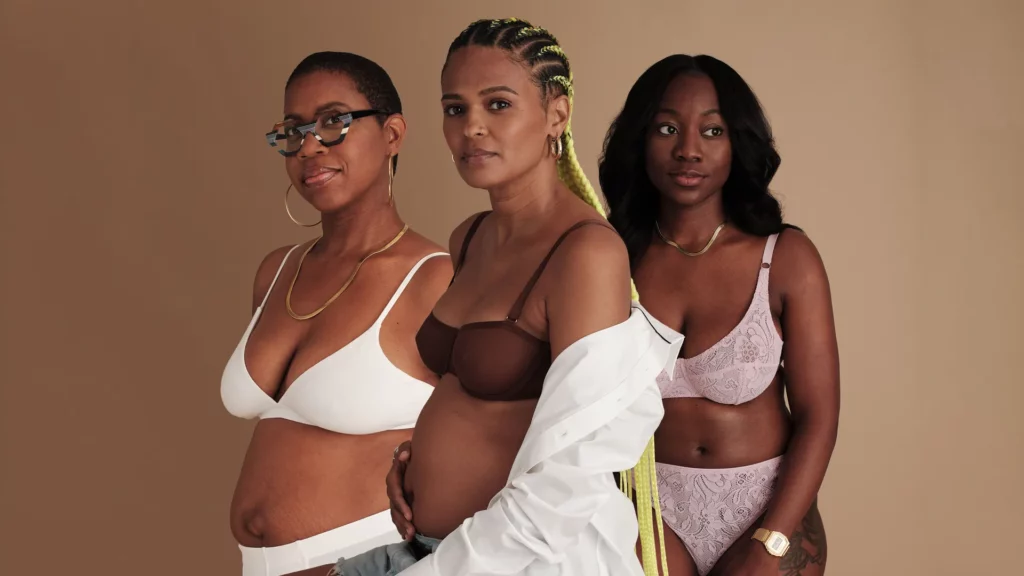
Vulnerable Communities
Particularly in the brown and black community the experience with fibroids can carry a different stigma and narrative. 25% of African-American women will suffer from fibroids by the age of 25 and 80% will have them by age 50 compared with 70% for white females. (McLeod Health)
While it is not medically conclusive why black women experience fibroids at a higher rate we do know some things. Genetics, high estrogen levels, vitamin D deficiency and environmental factors play a role in many.
Many practitioners like myself encourage a conscious shift in lifestyle, stress management, nutrition, exercise and herbalism. Please note that one modality is not always conclusive over another. Each woman will have her own unique experience with fibroids.
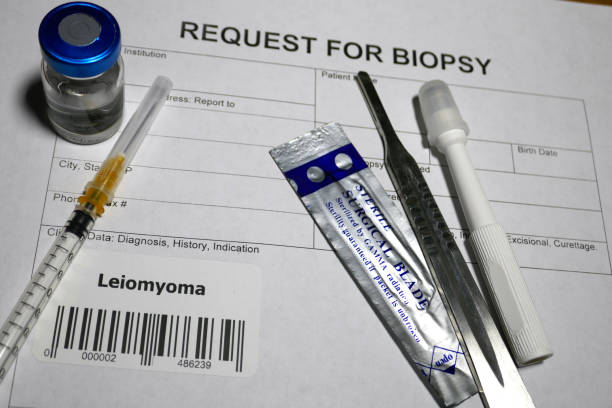
Cancer Concerns
It is natural to show concern about cancer. Whether or not fibroids are non-cancerous a woman has a right to inquire about the possibility; especially if there is a history of cancers in her family.
The five main types of gynecologic cancer are: cervical, ovarian, uterine, vaginal, and vulvar.
Uterine sarcomas have been misdiagnosed as fibroids in the past and it raises a flag of concern. Medical imaging can be used to tell the difference between fibroids and cancerous tumors in the uterus. Additionally, pathologists (doctors who specialize in analyzing bodily tissue) can look at a biopsy of the fibroid under a microscope and count the dividing cells.
If you feel the need request a biopsy. The pain is temporary and if it brings you peace of mind have the discussion with your Physician.
Patient Rights
This is an area that is big on my To Know list for women. Far too many times patients abandon their right to ask questions. Here is what I want you to know:
Your Healthcare Rights
- To have an appointment when you need one
- To request continuity of care if your doctor or medical group leaves your health plan.
- To receive treatment for certain mental health conditions.
- To get a second doctor’s opinion.
- To know why your health plan denies a service or treatment.
The most violated patient rights include failing to provide necessary care or proper nursing; patient abandonment or isolation; administering unnecessary medication like psychotropic drugs; and HIPAA violations.
I produced a film in 2020 titled Black Boddess and it dealt with the centralized issues of medical apartheid that many black and brown women experience. During my discussion with every audience I encourage them to do the following:
- Ask questions (there is no such thing as asking too many questions)
- Keep a log/journal of symptoms and unusual manifestations that need to be discussed at your next Dr’s appt
- Ask questions about the medications suggested (example: How will this resolve my condition? What are the side effects?)
- PLAN to have conversation with your Dr, even if it exceeds the 15 min time visit
- Get a 2nd, 3rd and 4th opinion
- Do not hesitate to change your medical team if you feel uneasy, unheard or unsatisfied
- Have a POA (power of attorney) to act on your behalf if you should ever become unresponsive/incapacitated
- Have a Plan of Care to provide your advocate and your medical staff when under physician’s care (this plan of care outlines your right to refuse or give consent to various treatments, your expected and aimed outcomes, and any personal details). This is highly recommended for pregnant moms.
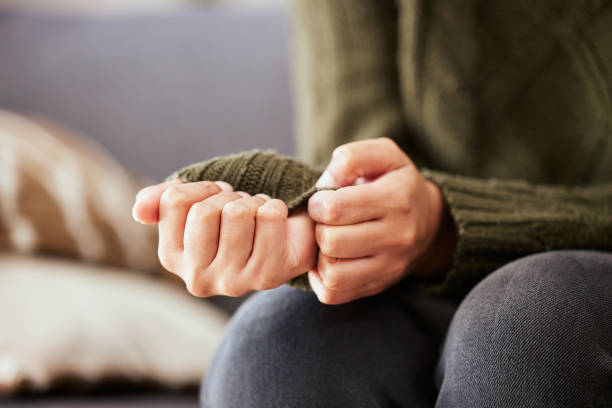
How Can The Mistake Happen?
Atypical bleeding and pelvic pain can be two common misreads with a Dr in determining fibroids vs cancer. To differentiate between uterine cancer and fibroids, medical professionals may need to use diagnostic tools such as biopsies or imaging tests such as CT or MRI scans. See your Dr if you experience any of the following:
- irregular or prolonged bleeding
- spotting
- bleeding between periods
- postmenopausal bleeding (Studies show an increase in uterine cancer after menopause due to sudden bleeding or spotting.)
Takeaway
I want every woman, regardless of color and condition to know that you do NOT have to tolerate pain. Making this behavior a norm can become detrimental to your overall reproductive health. I know that it can be exhausting trying to find remedies, and going to the Dr finding little to no change. If you are familiar with my brand you have heard me share about dealing with fibroids and PCOS. A few things I know to be true; healing is NOT linear. I believe that both conventional and holistic methods should be safely practiced. Educate yourself and learn YOUR body; do not expect your peer’s protocols to automatically work for you. Build your own medical team; try and try again until you feel comfortable with every specialist that you see. This is being an advocate for your health. We have lost many women who didn’t get the opportunity to “try again.”
Ladies, be vigilant. Move with courage, take a deep breath and try to bottle up fear. Have a supportive community and pace yourself. Healing is not magical and it won’t happen in a day.
Here’s to our journey to wholeness. Here’s to every sister that we’ve lost along the way.
Be Well Be Whole
XO
Consider listening to podcast episode 40: When Fibroids Grow Back
Consider watching podcast episode on Black Women and Low Iron
Photo images: iStock and Allure

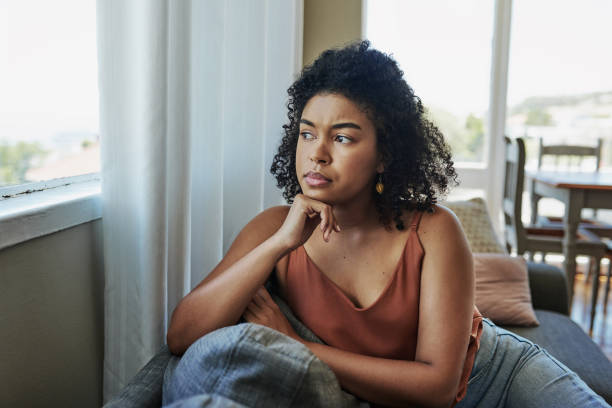

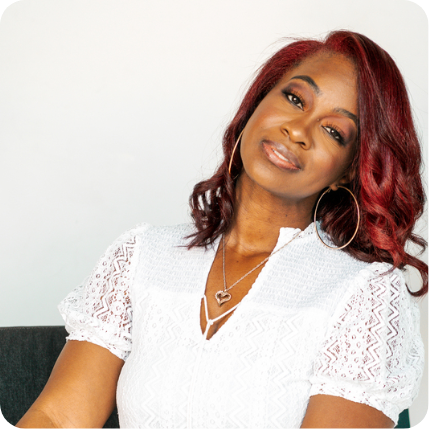
0 Comments